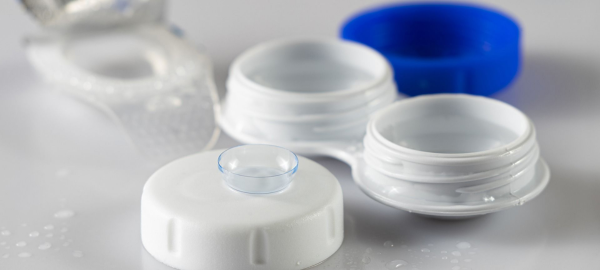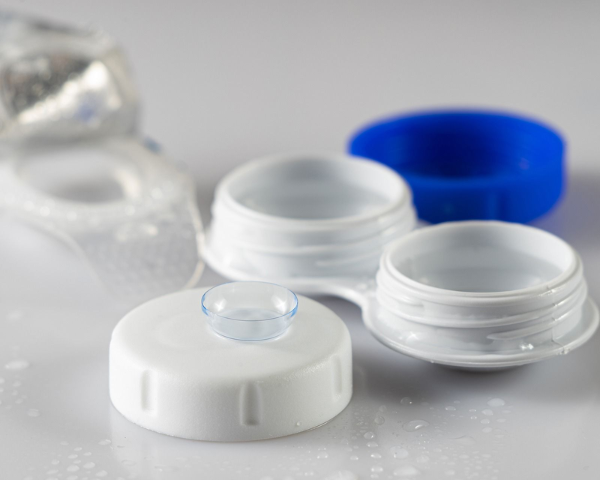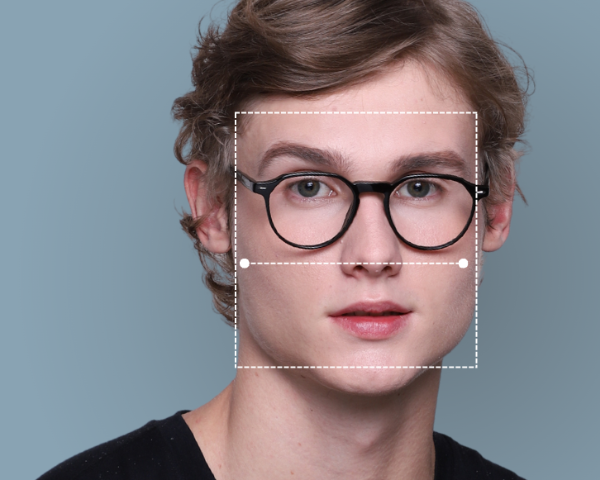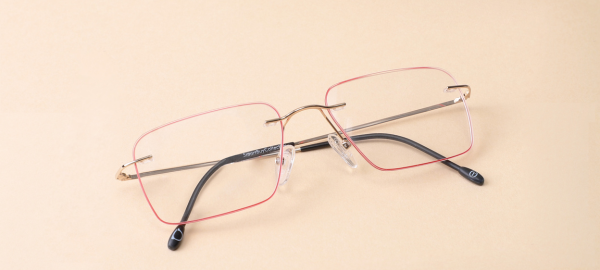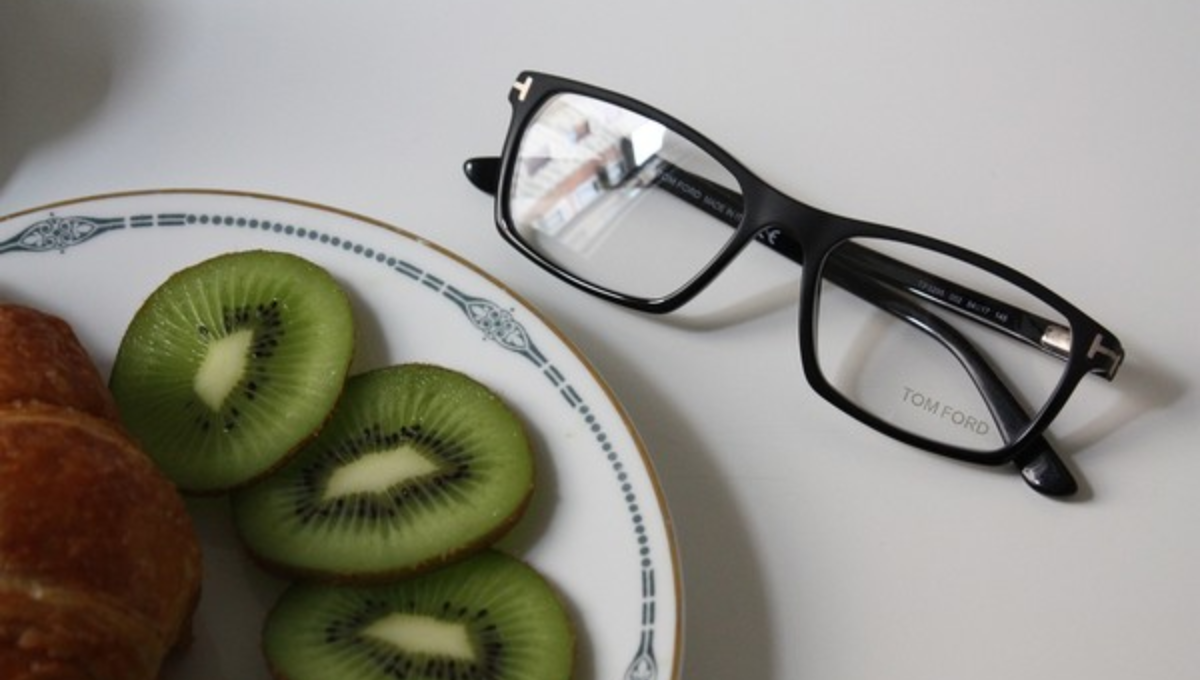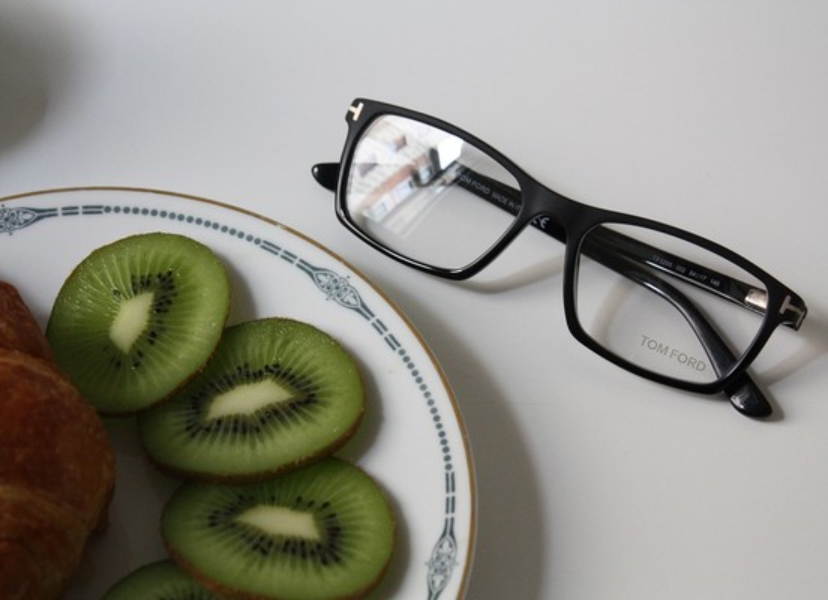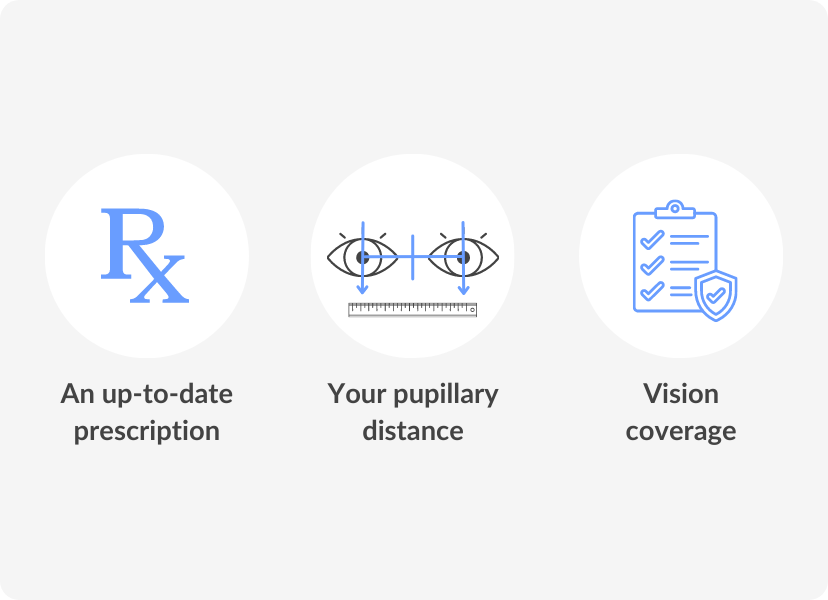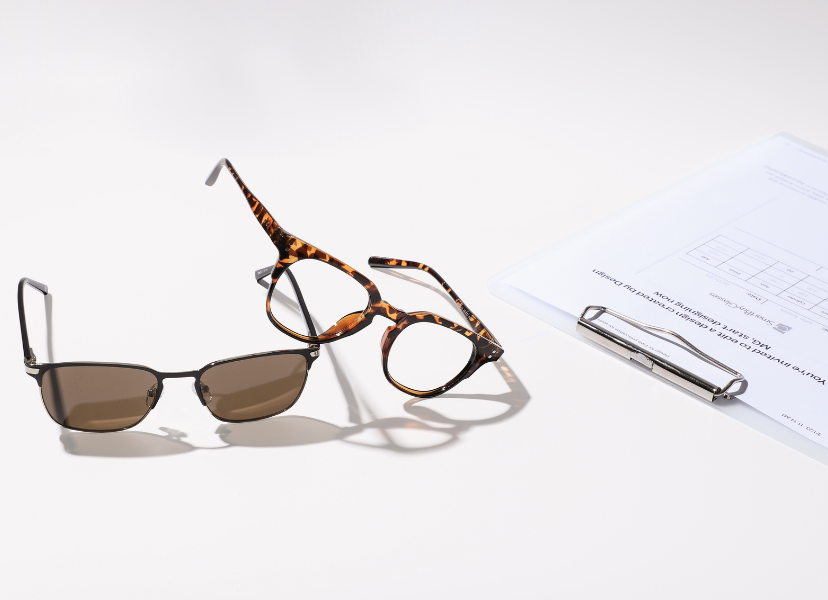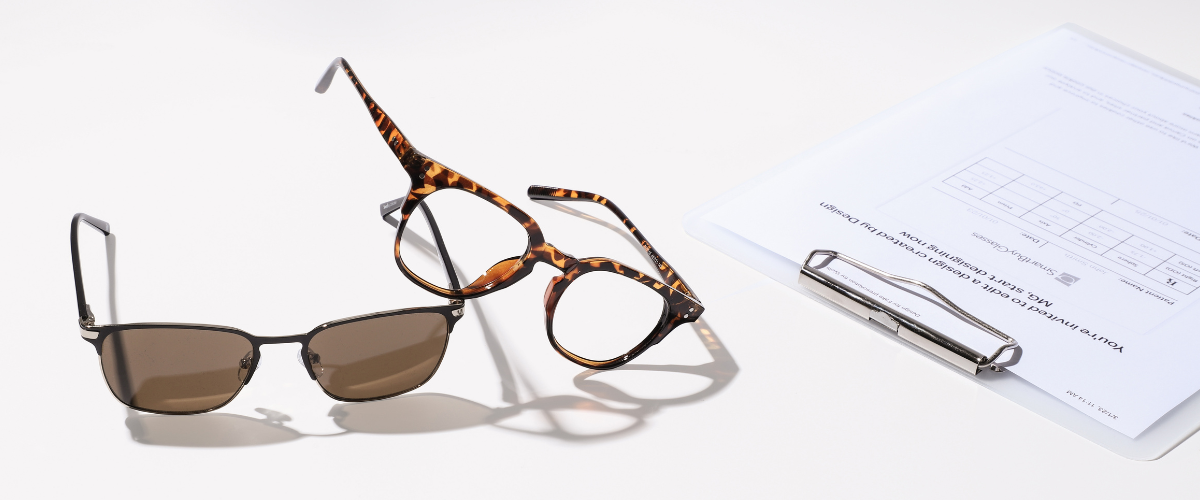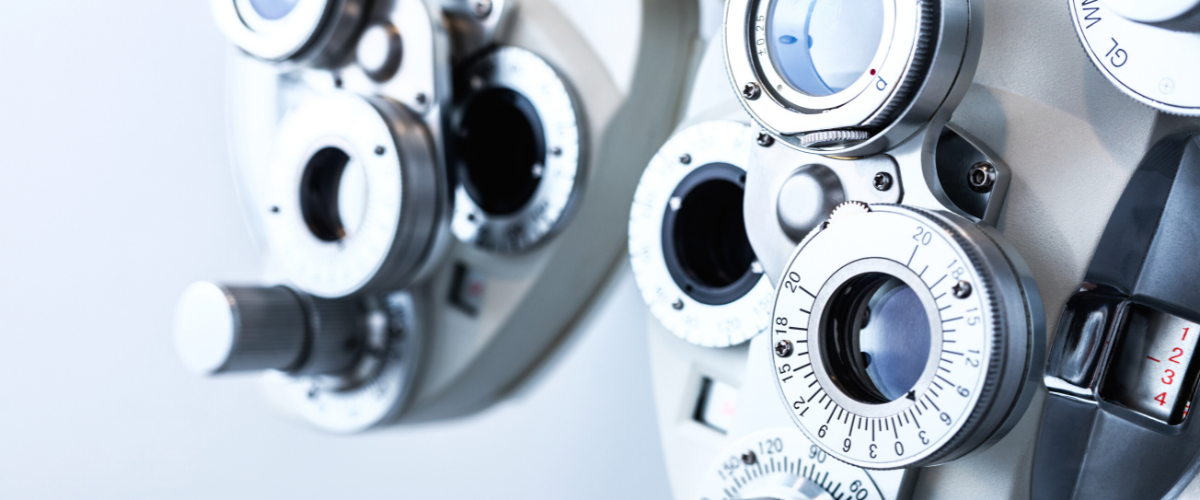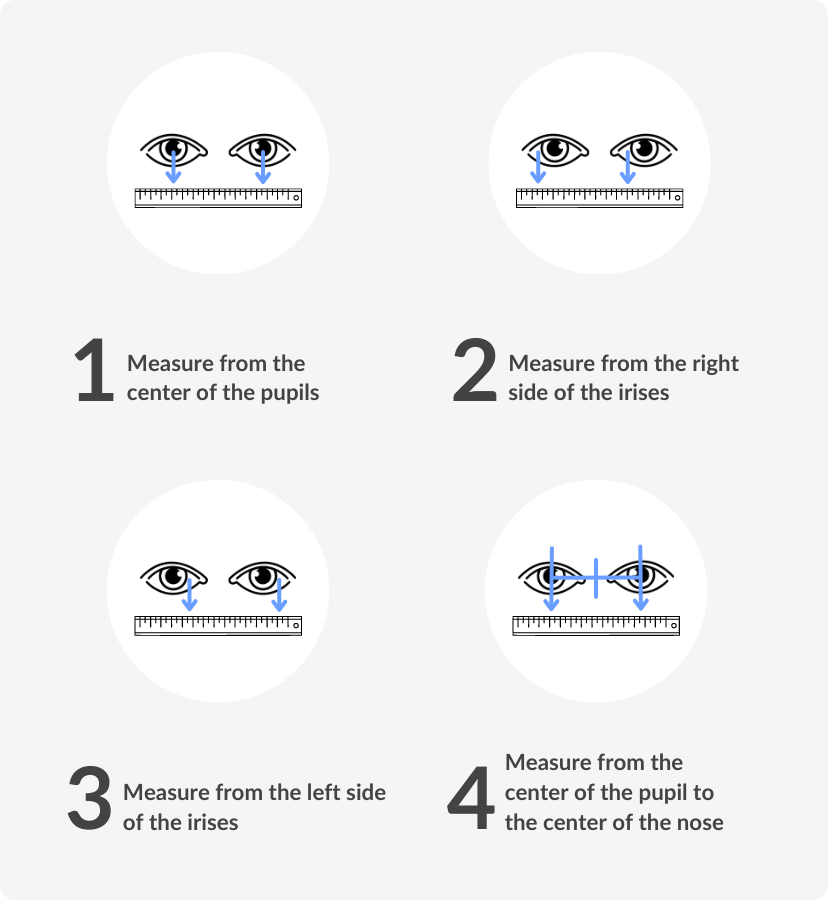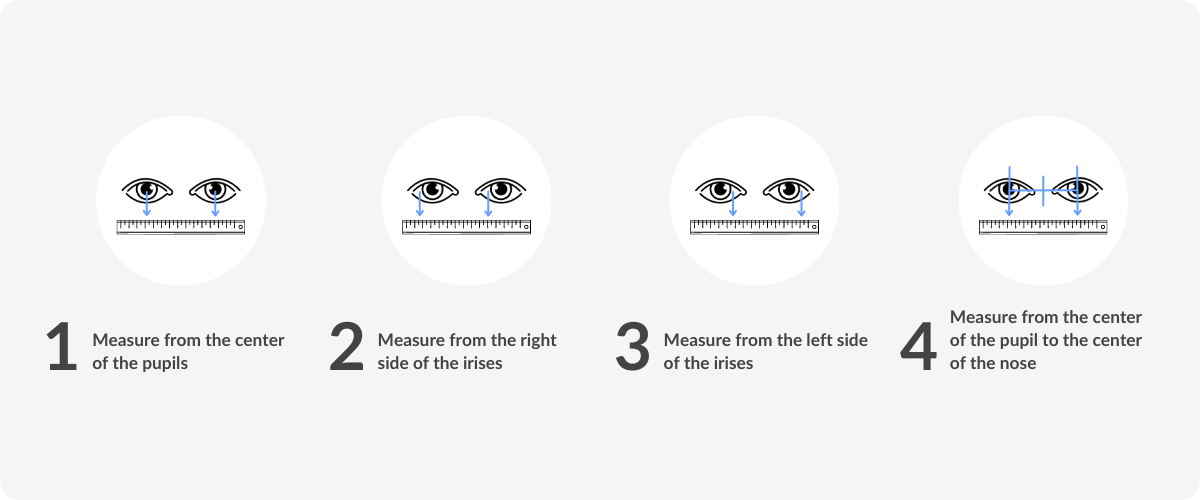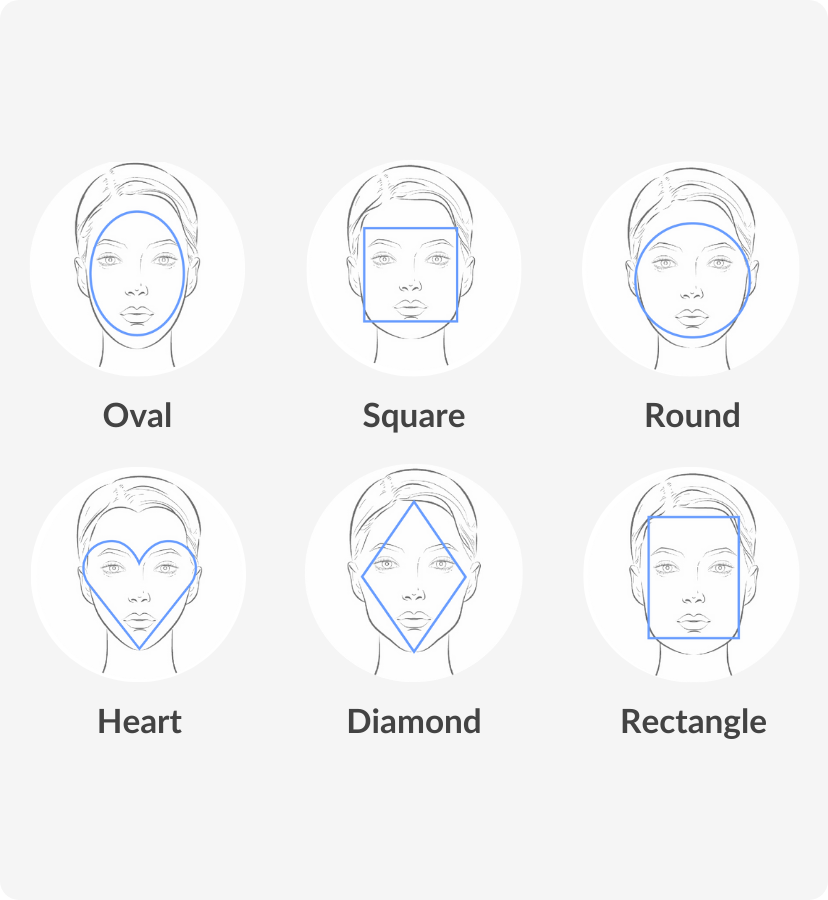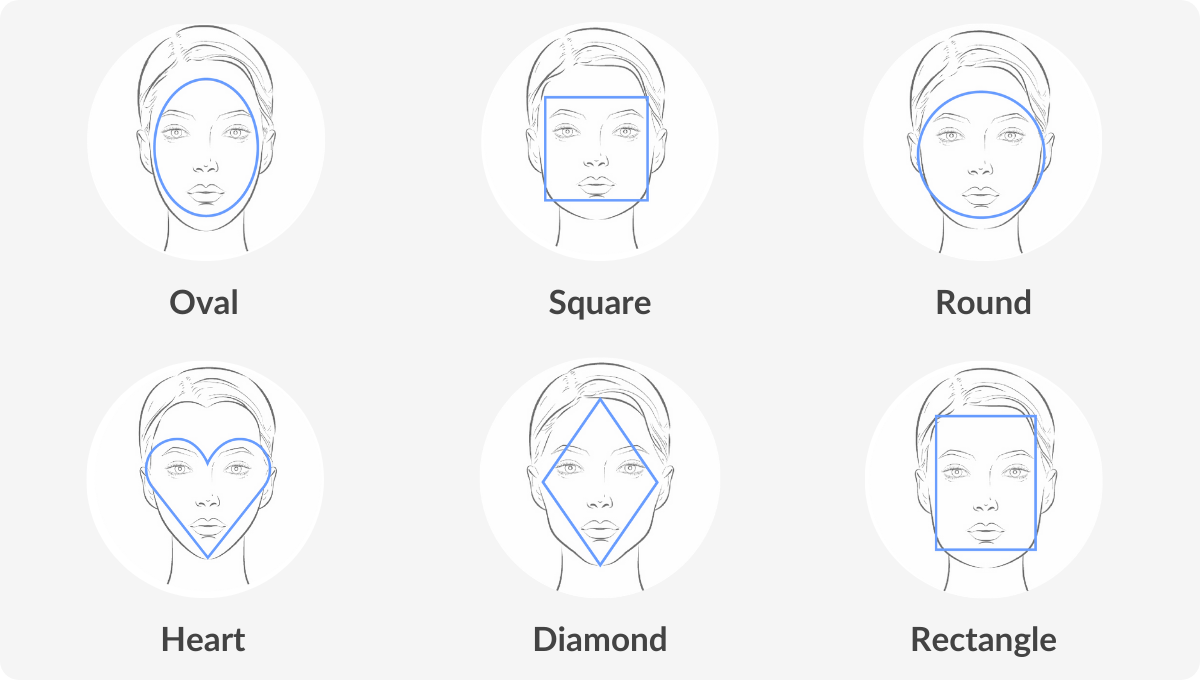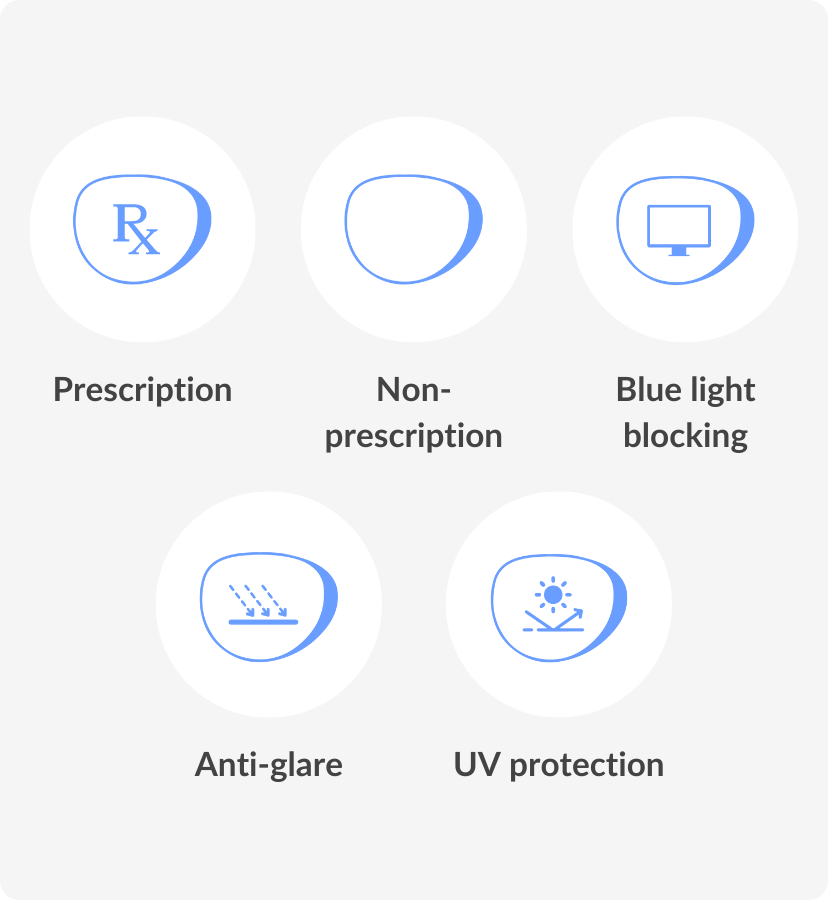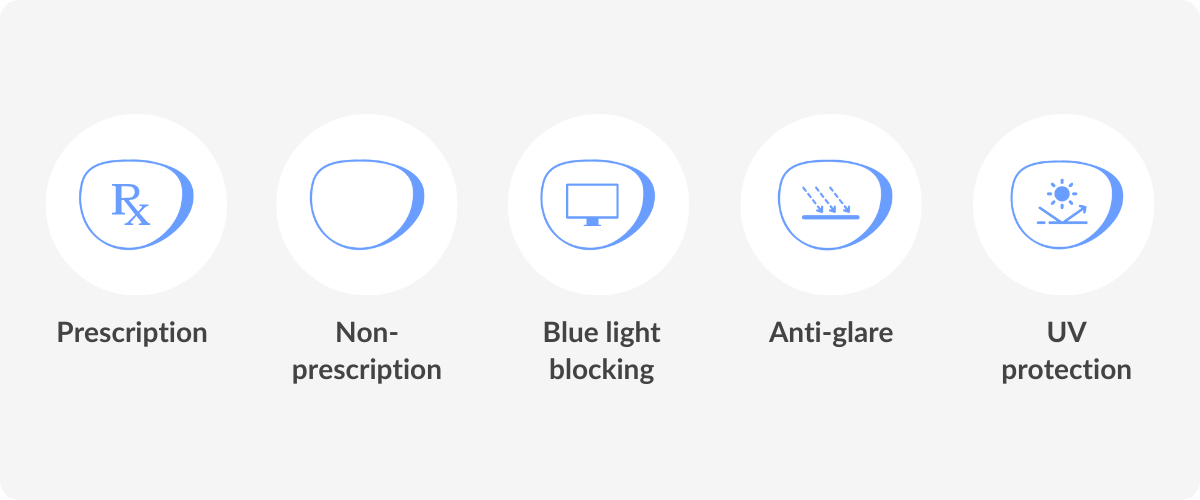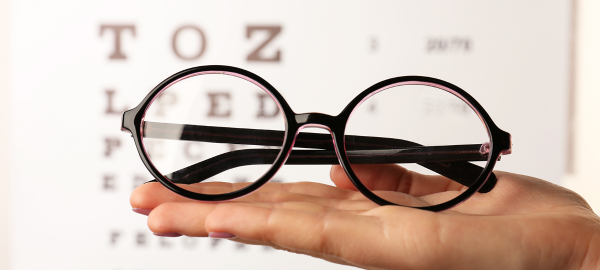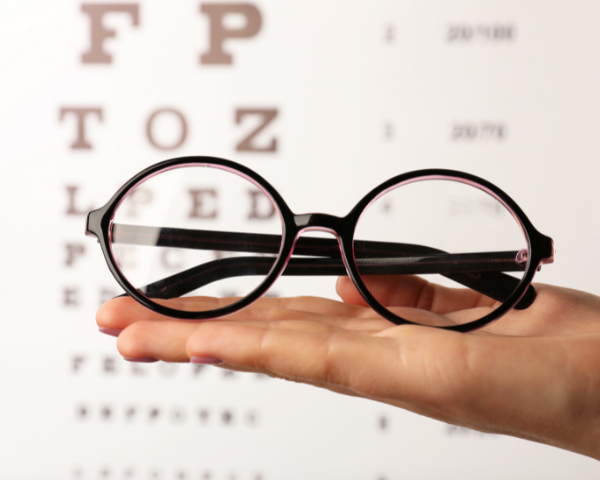How To Put Contact Lenses In

Reviewed by
Beck Jinnette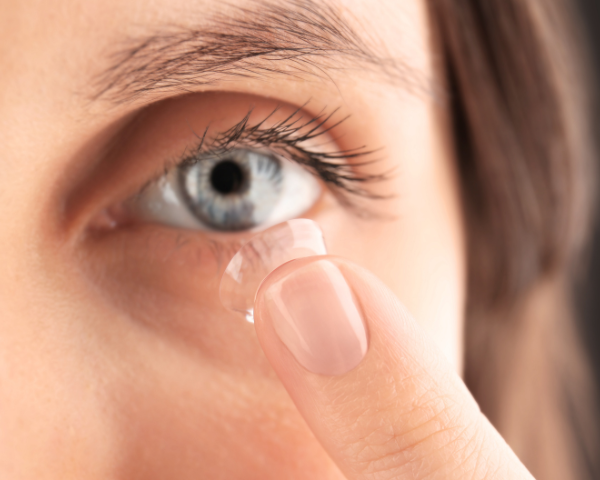
Switching from glasses to contact lenses can be a liberating experience, offering clear vision without the frames.
However, the process of putting contacts in can seem daunting at first.
But don’t worry! With a little practice and the right technique, you’ll master it in no time. Here’s a simple guide to help you insert your contact lenses safely and comfortably.
Why correct contact lens insertion matters
Wearing contact lenses comes with many perks, like freedom from glasses and better peripheral vision. But getting the hang of inserting them correctly is key for both comfort and eye health.
When your contact lenses are put in correctly, you should hardly notice them. Correct insertion isn’t just about feeling good — it’s also crucial for seeing clearly.
The lens needs to sit right to stay stable on your eye, giving you consistent and reliable vision correction all day long.
If the lens is inserted incorrectly, it can cause discomfort, blurry vision, and potential eye irritation or damage.
So, taking the time to insert your contact lenses properly is more than just a comfort thing; it’s essential for your eye health.
Now that you understand why proper insertion matters, let’s dive into how to do it right.
DID YOU KNOW?
The first concept of contact lenses was proposed by Leonardo da Vinci in 1508. He sketched out the idea of altering the corneal power by submerging the eye in a bowl of water.
How to put in contact lenses
Like any new skill, mastering the art of putting in contact lenses takes practice.
To help you navigate this learning curve, here are the five steps you should follow if you are a beginner or just in need of a refresher.
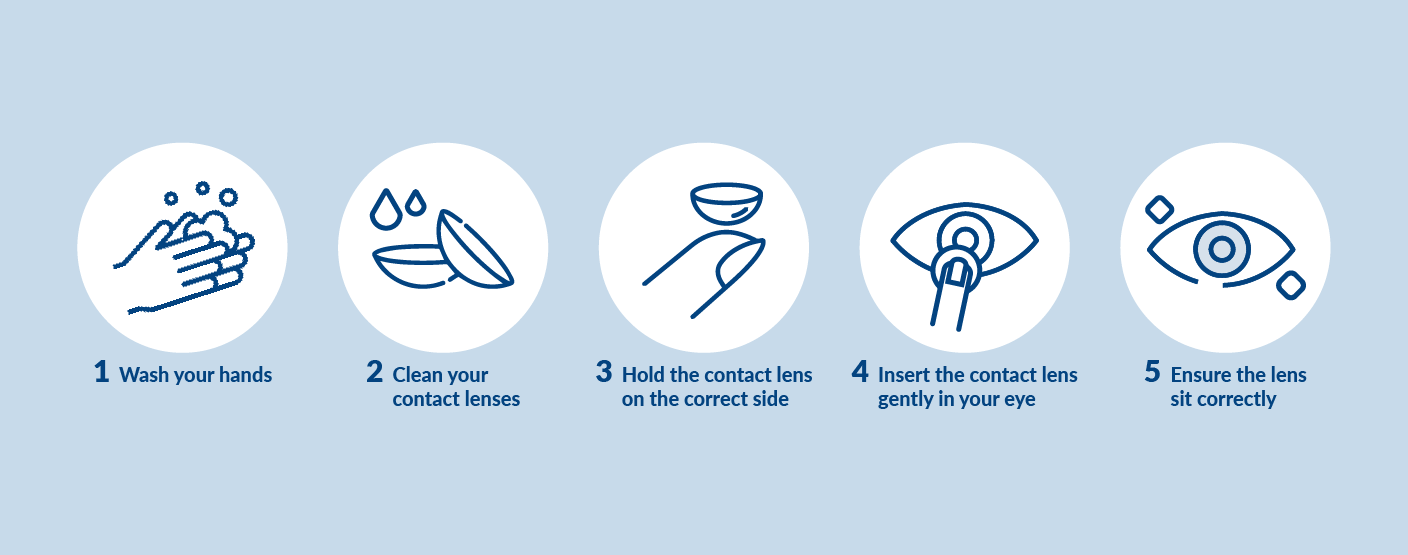
Step 1: Wash your hands
Before you put in your contact lenses, it’s essential to wash your hands thoroughly with fragrance-free soap to avoid introducing harmful bacteria that could cause eye infections.
Next, dry your hands completely with a lint-free towel.
Step 2: Clean your contact lenses
Proper cleaning of your contact lenses is vital to prevent eye infections and ensure clear vision.
Begin by placing the lens in the palm of your hand. Apply a few drops of contact lens solution, not tap water, to the lens.
Using your index finger, gently rub the lens in a circular motion for about 10-15 seconds on each side.
This process helps remove debris and protein buildup. After rubbing, rinse the lens thoroughly with fresh contact solution to remove any loosened particles.
Always use fresh solution; never reuse or top off old solution as this can harbor harmful bacteria.
If you wear soft contact lenses, ensure you are using a solution appropriate for soft lenses, and likewise for hard contact lenses. Repeat this cleaning process for your other contact lens.
Step 3: Check the lens orientation
Before inserting your contact lens, it is crucial to check its orientation to ensure it is not inside out. Place the lens on the tip of your index finger and hold it up to the light.
The lens should form a perfect bowl shape with the edges facing upward.
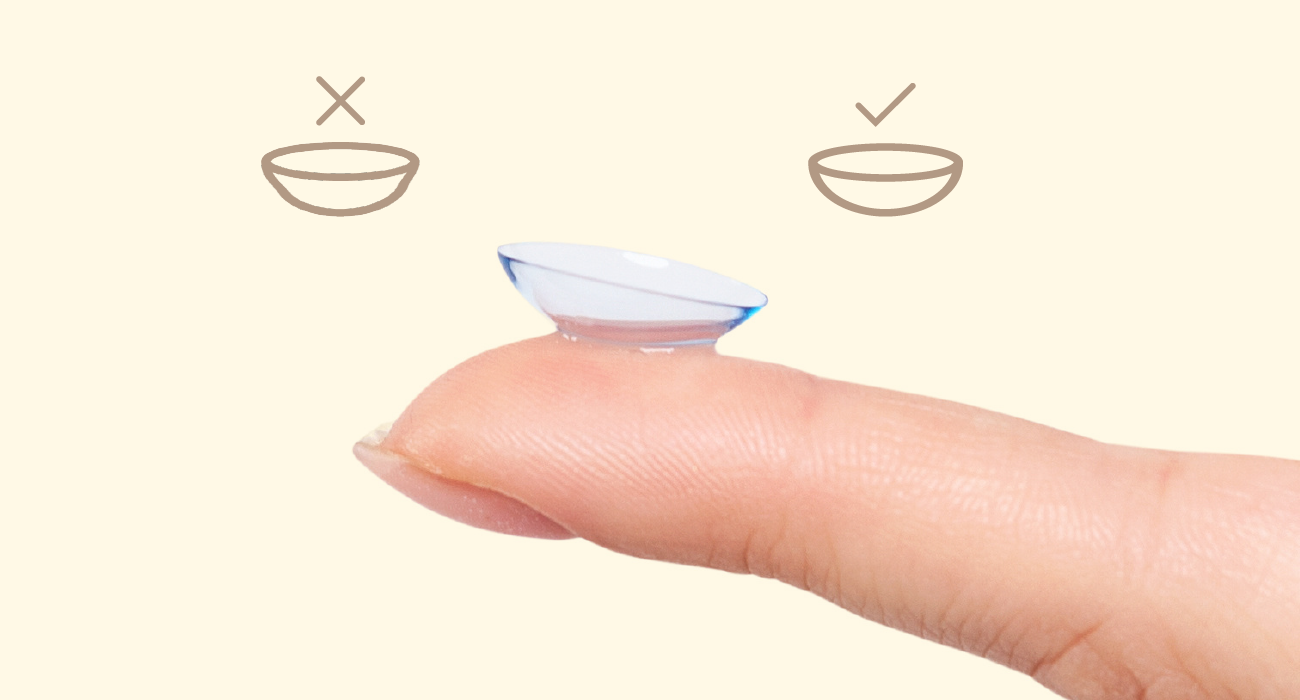
If the edges flare out or appear flat, the lens is inside out.
Another method to check the orientation is to gently squeeze the lens between your thumb and index finger; if the edges turn outward, it’s inside out.
Ensuring the correct orientation of your contact lens is important for comfort and proper vision.
If you have difficulty determining the correct side, consult your eye doctor or refer to the instructions provided with your lenses.
Step 4: Gently place the lens on your eye
For beginners, it’s more comfortable to do this step in front of a mirror.
Start by using your non-dominant hand to hold your upper eyelid open.
With your dominant hand, use your middle finger to gently pull down your lower eyelid. Look straight ahead or slightly upward, and place the lens carefully on your eye.
It helps to focus on a point straight ahead rather than looking directly at the lens. Gently place the contact lens on the center of your eye, ensuring it adheres properly.
Once the lens is on your eye, slowly release your eyelids and blink a few times to help the lens settle into place.
If you feel any discomfort or if the lens does not seem to sit correctly, remove it, rinse with contact solution, and try again.
Step 5: Verify the lens position
After placing the contact lens on your eye, it’s important to verify that it is correctly positioned.
Look in a mirror and check that the lens is centered on your eye and not off to the side.
Blink a few times to help the lens settle and ensure it moves smoothly with your eye.
If the lens feels uncomfortable or your vision is blurry, it might be misaligned.
In this case, gently move the lens by closing your eye and massaging your eyelid, or remove it and try re-inserting it.
Proper lens positioning is crucial for comfort, clear vision, and preventing irritation or eye health issues.
When to remove contact lenses
It is essential to remove your contact lenses before going to bed, unless you are using extended-wear lenses prescribed by your eye doctor for overnight use.
This practice allows your eyes to rest and helps reduce the risk of infections and irritation.
Additionally, if you experience any discomfort, pain, or a foreign body sensation in your eye, you should remove your lenses immediately, as these symptoms could indicate a problem with the lens or the onset of an eye infection.
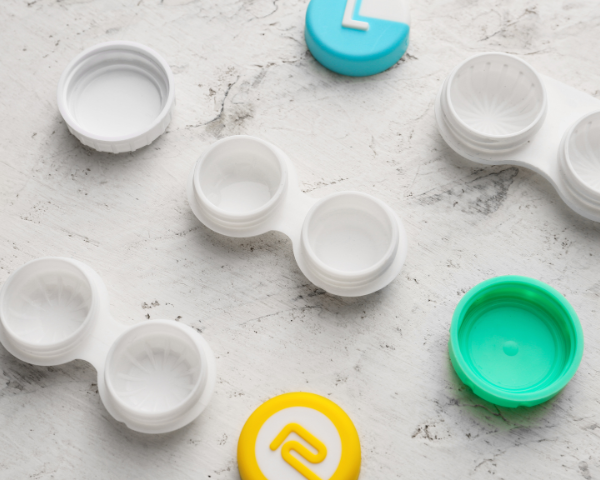
Similarly, if your eyes become red, irritated, or excessively teary, it is important to take out your lenses, as these signs could be indicative of dry eyes, allergies, or an eye infection.
In cases where your vision becomes blurry or you see halos or flashes of light, remove your lenses promptly, as blurry vision can signify that the lens is dirty, damaged, or misaligned, or it might be a sign of a more serious eye condition.
Lastly, always remove your lenses before swimming or showering to avoid exposure to water that can harbor harmful microorganisms, which can lead to eye infections.
If you do wear lenses in water, ensure you remove them immediately afterwards to maintain eye health.
Tips for those new to wearing contacts
No one starts out knowing how to put in contact lenses perfectly. It takes a bit of training, a bit of persistence, and a healthy respect for proper eye hygiene.
But the convenience of wearing soft disposable contacts is a great reward, and anyone can learn to do it.
To make the process smoother, start by familiarizing yourself with the basics of lens care and handling, including how to properly use and maintain your contact lens case.
Be patient with yourself and practice regularly, as consistent practice will help you become more comfortable and confident.
It’s also very important to get fitted for contact lenses when buying them, as it isn’t a case of one-size fits all.
If you encounter any issues, don’t hesitate to seek advice from one of our certified opticians via the link at the top of the page.
Related articles
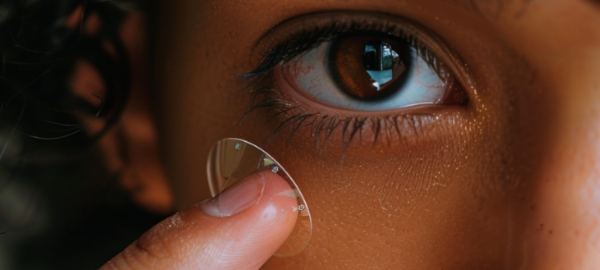
Related articles











































